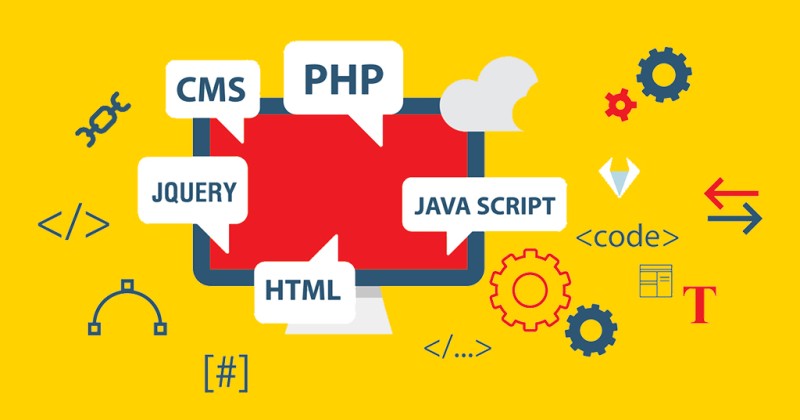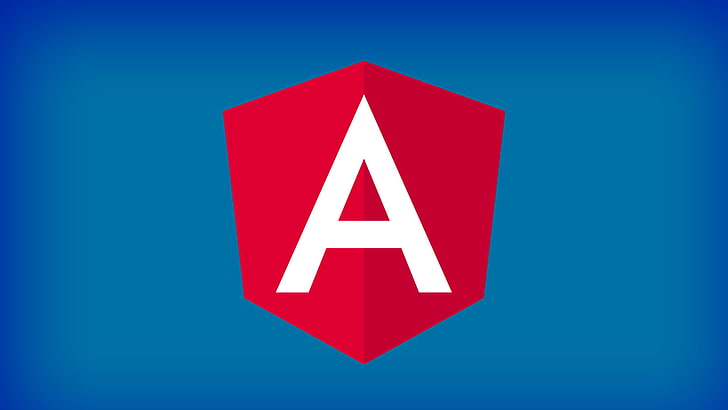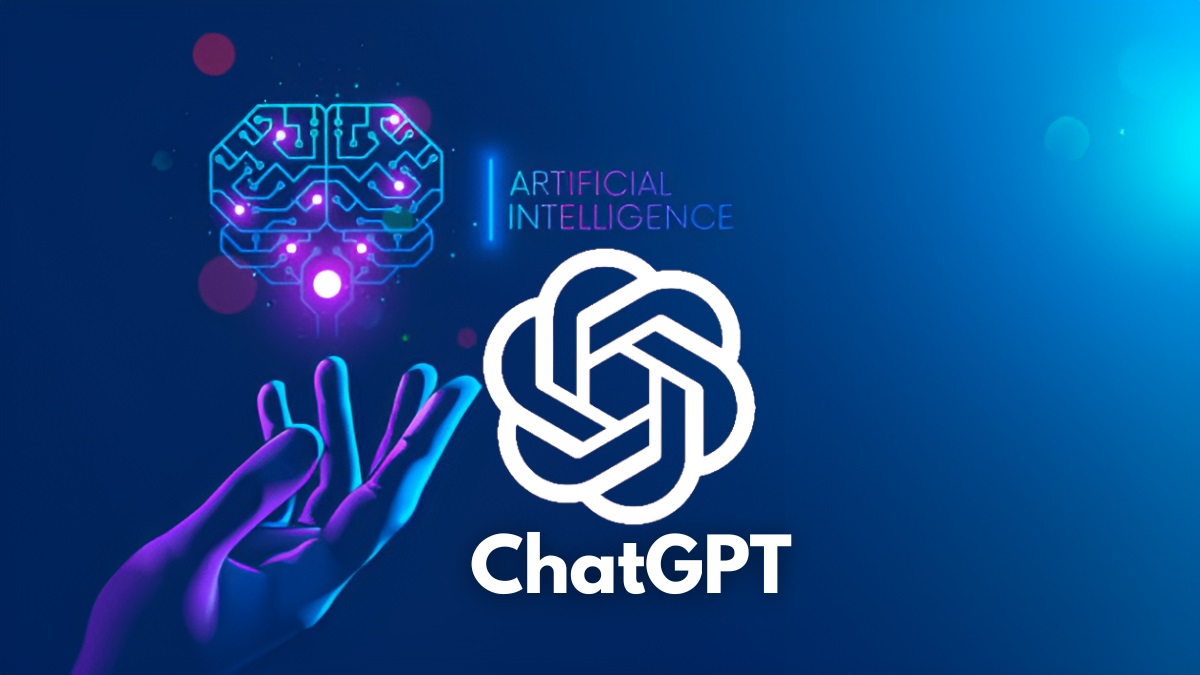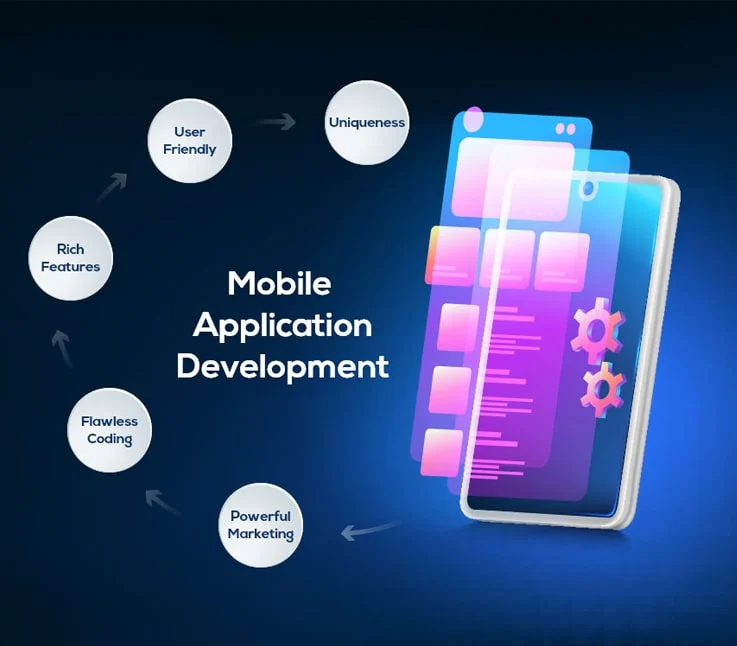
Navigating the Cutting Edge: Unveiling the Latest Technologies in Web Development
In the dynamic realm of web development, staying abreast of the latest technologies is essential to create innovative, efficient, and secure digital experiences. Here, we delve into the cutting edge, exploring technologies that are reshaping the landscape of web development.
1. Progressive Web Apps (PWAs): Bridging the Gap
Progressive Web Apps represent a fusion of web and native app functionalities. Offering seamless offline access, push notifications, and fast loading, PWAs enhance user engagement. Their adaptability across devices ensures a consistent experience, making them a pivotal advancement in modern web development.
2. WebAssembly: Near-Native Performance in Browsers
WebAssembly (Wasm) is revolutionizing web development by enabling the execution of high-performance, near-native code within browsers. With Wasm, developers can build computationally intensive applications like games and simulations, delivering a level of performance that was once exclusive to native applications.
3. GraphQL: Simplifying Data Fetching
GraphQL is transforming how data is queried and retrieved. Unlike traditional REST APIs, GraphQL allows clients to specify the exact data they need, reducing over-fetching and under-fetching of information. This query language empowers developers to create more efficient and flexible APIs, fostering a streamlined development process.
4. Jamstack Architecture: Speed and Security at the Forefront
Jamstack (JavaScript, APIs, and Markup) architecture is redefining how websites are built and deployed. By decoupling the frontend from the backend, Jamstack enables faster loading times, better scalability, and enhanced security. Utilizing pre-built markup and APIs, developers can create dynamic and responsive web applications with improved performance.
5. Serverless Computing: Focus on Code, Not Infrastructure
Serverless computing liberates developers from managing server infrastructure, allowing them to focus solely on writing code. Functions are executed in response to events, leading to efficient resource utilization and cost savings. Serverless architectures enhance agility, scalability, and resource optimization, making them a preferred choice for modern web applications.
Conclusion: Navigating the Future of Web Development
As technology continues to evolve, embracing these cutting-edge web development technologies is paramount for staying competitive and delivering exceptional user experiences. Progressive Web Apps, WebAssembly, GraphQL, Jamstack architecture, and serverless computing collectively represent the vanguard of innovation in the ever-changing landscape of web development. By navigating this cutting edge, developers can unlock new possibilities and elevate the standard of the digital frontier.




